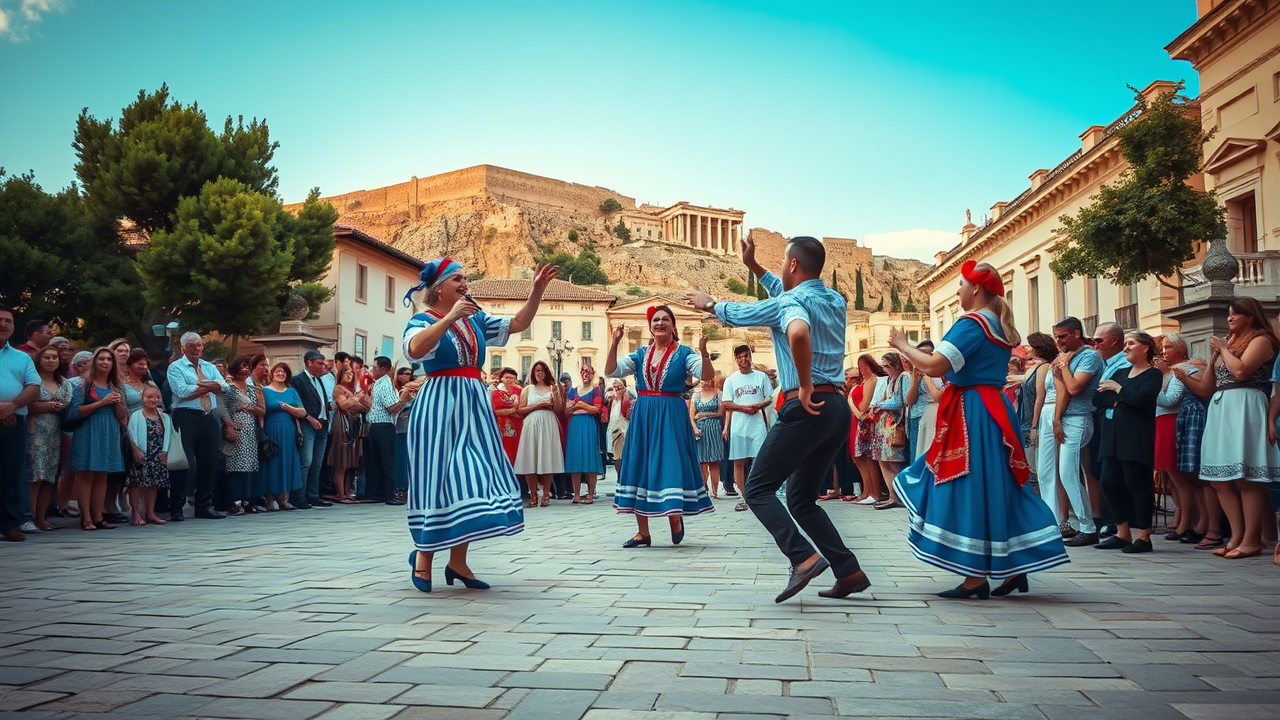From biofacts to architectural remains, ancient Greece’s archaeological scene is extremely fascinating. Among all regions, Greece is one of the most historically rich countries and boasts splendid ancient architecture, culture, archaeology, and mythology. Every artifact and construction site tells a rich story and is embedded in interesting historical events, some of which are significant to date. They are a representation of how creative and prolific ancient Greeks were. Even though they were deeply attached to their gods and goddesses, the Greeks have always been ahead of time. Here are some of the most interesting artifacts and architectural remains you should see when visiting Greece or exploring its ancient history.
Artifacts
Neolithic Pottery
Pottery was taken seriously during the Neolithic age (6500-3000 BC) of ancient Greece. This is also when livestock and agriculture grew across the region. Due to this, people needed more and more utensils to store, cook, and eat food. While Early Neolithic pots and vessels are simple and look unused, Middle Neolithic pottery looks burned and used, which indicates the cooking influence and skills of ancient Neolithic people. With age, pottery evolved too and became more complex. Red-figure and Black-figure utensils were made from clay and adorned with paint and a metallic luster.
Gemstones and Jewelry
Gemstones and jewelry were typically considered luxuries in ancient Greece. Gemstones were commonly used during trades and business trips due to their value and significance. Among all gemstones, amethyst was one of the most popular ones due to its raw essence, beauty, and value. It was derived from the word, ‘Amethystos’ and was believed to protect people from the ill effects of alcohol. You can find several amethyst stones in jewelry museums in Greece and buy your own version through online stores. Jewelry was rarely seen among women as the pieces were made to portray high class and status. Only the rich and noble bought and wore jewelry, which is why the accessories and artifacts show attention to detail and are meant to be tasteful.
The Mask of Agamemnon
Found by Heinrich Schliemann at Mycenae in 1876, the Mask of Agamemnon is speculated to belong to the region’s legendary king who led the Trojan War. However, studies imply that the mask may belong to an entirely different era (1550–1500 BC), which is almost three centuries before Agamemnon. Some alterations and changes to the mask may have also been made. However, the implications are not clear. You can see this mask at the National Archaeological Museum in Athens.
Other than these main artifacts, bronze statues, marble sculptures, and some paintings by famous Greek artists also portray the artistic and creative side of the country. For example, The Parthenon Marbles, Winged Victory of Samothrace, The Venus de Milo, The Pergamon Altar, The Fallen Warrior of Aphaia, The Artemision Poseidon, Hermes, and the Infant Dionysus, and The Riace Bronze Warriors are some other unmissable works of art you must see.
Architectural Ruins
The Acropolis and Agora of Athens
Athens is probably the most significant city when depicting ancient Greece due to the presence of the renowned Acropolis and ancient Agora. The Acropolis of Athens is composed of several ancient ruins with the Parthenon (constructed as the Temple of Athena) being the most important monument. ‘Acropolis’ translates to ‘the highest point’ and is perched atop a high hill, which can be seen from almost every part of the city. The ruins on this site can be dated back to the 5th century BC, most of which are restored and well-preserved. The Agora is the ancient Greek marketplace and can be accessed from the Acropolis.
Olympia
Olympia is famously known to hold the Olympic Games and the place from which the popular sports event originated. Until Emperor Theodosius I abolished the games in AD 393, the sports event was a rage among ancient Greeks. Despite being poorly preserved, Olympia still holds the rich historical essence due to its interesting tales and incidents. It is located on the Peloponnese peninsula and suffered destruction due to the orders of Theodosius II and natural calamities like earthquakes. Some unmissable ancient monuments in Olympia are the temples of Hera and Zeus, the workshop of Phedias, and the Ancient Stadium.
Mycenae
One of the earliest settlements and cultural influences can be illustrated through Mycenae and the Mycenaean Civilisation. The heavy influence infiltrated the region in the period of 1600 to 10 BC. When visiting the Peloponnesian Peninsula, do not miss this ancient fortified city with high walls. The ruins are as old as the 7th century BC and the site depicts the emergence of the first Bronze Age society. The famous literature piece, ‘Iliad and Odyssey’ by Homer, also brings some parts of this region to light. Simply walking through this town is a rich historical experience. Do not miss the pathways, structure, and the ‘Lion Gates’ when visiting Mycenae.
Delphi
Delphi is known for the Temple or Sanctuary of Apollo, which is located on Mount Parnassos. This site has a rich historical significance as ancient Greeks visited this place to worship and dedicate themselves to their gods and goddesses (mainly the Sun god). As you walk uphill, you can see several stone ruins and wrecked monuments, which were a part of the ancient site. The region held the Pythian Games (dedicated to Pythia, the High Priestess) with sports, poetry, music, and art is the main competitive events. An ancient amphitheater with 5000 seats can be seen below the temple slopes. To date, Delphi is considered a religious and cultural center of the country due to its rich history.
These artifacts and architectural ruins strongly show how ancient Greeks perceived art and thrived to bring innovation and development within their society. All the ruins symbolize vitality, drama, and opulence. Today, the important sites attract thousands of tourists every year who are left in awe. Most of these artifacts are preserved in one of the popular museums in Greece and around the world. When visiting Greece, you should also try their food and visit one of the famous islands to see the other side of this fascinating country. The ruins are, of course, majorly placed on the mainland but the islands also portray Greece’s sanctity.









